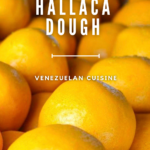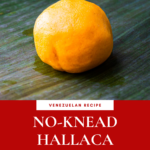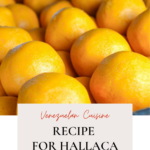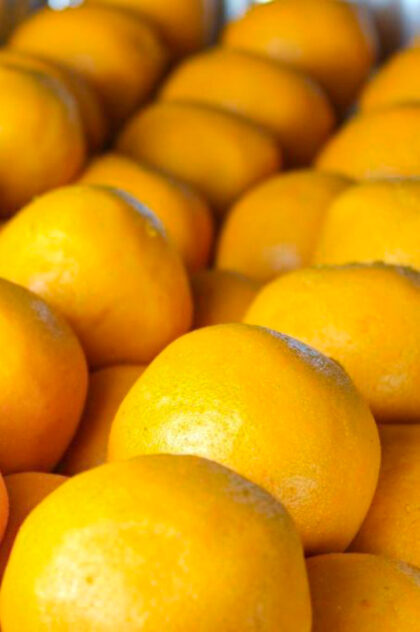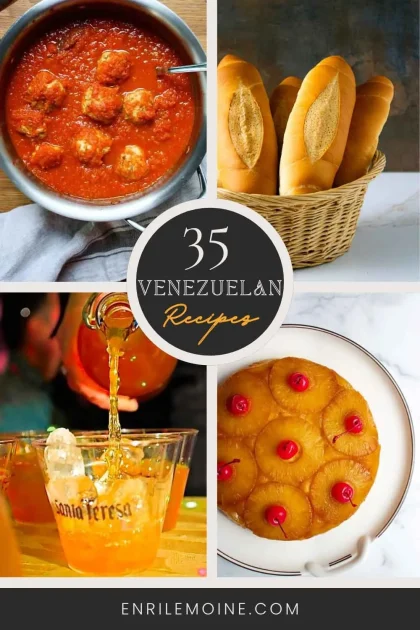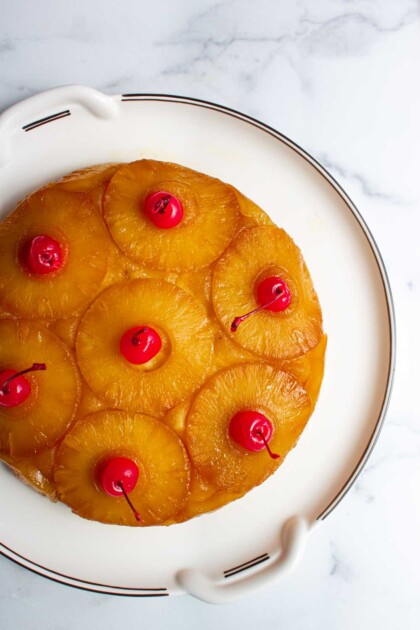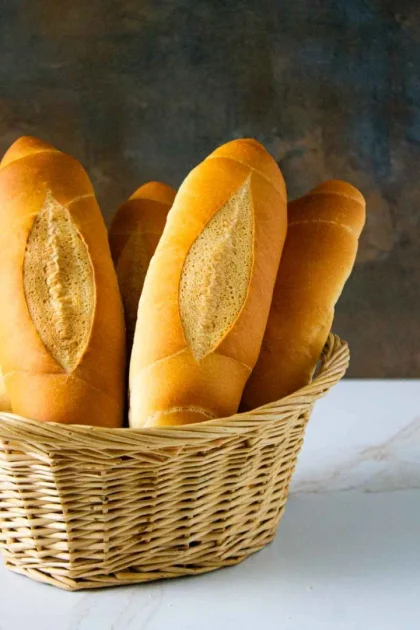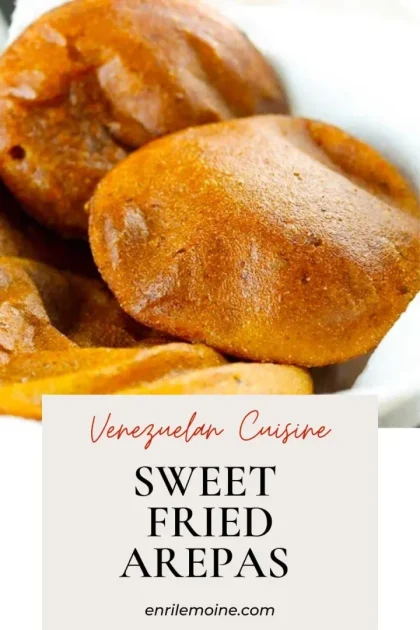This dough recipe for the traditional Venezuelan hallacas guarantees you a shiny, soft, and malleable dough, like the dough our grandmothers and mothers make, but without having to knead. Yes, sir, without kneading!
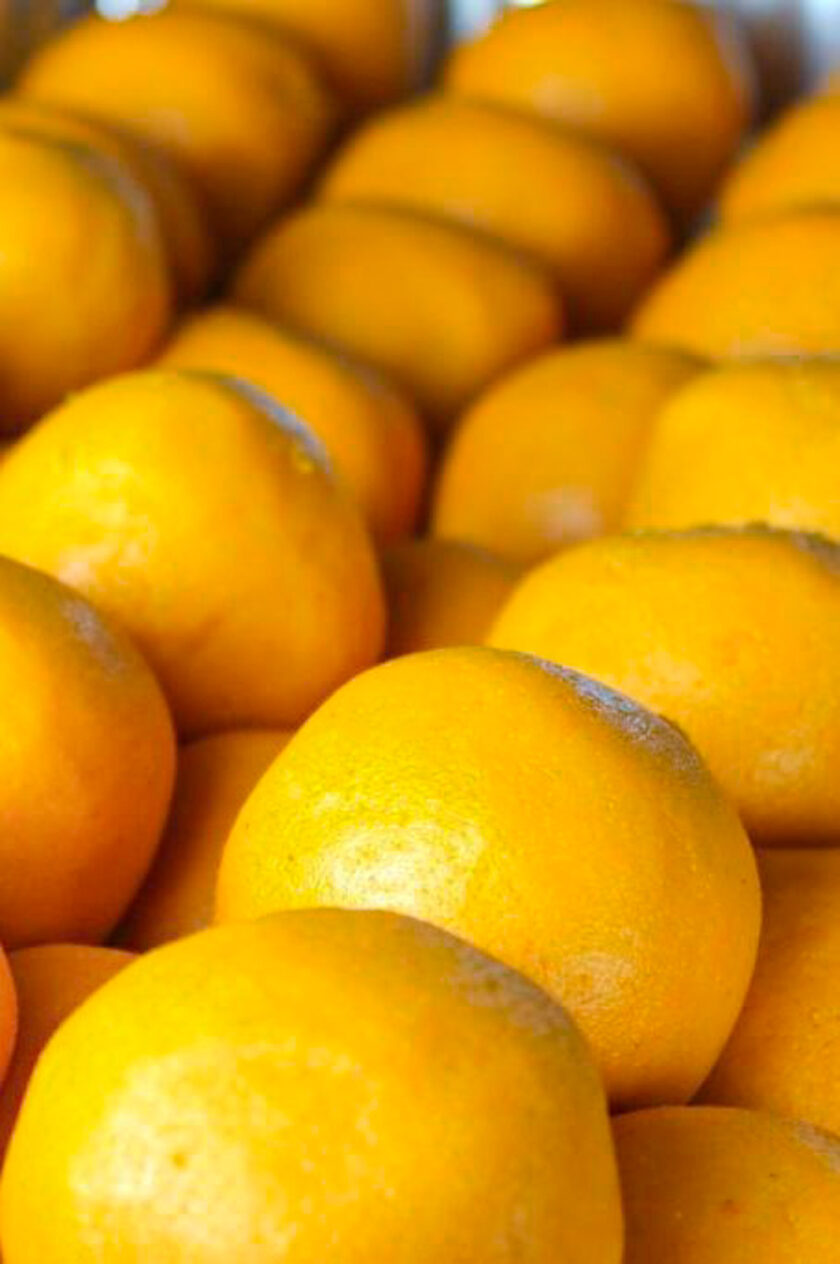
Note: As a member of the Amazon Associates Program and other affiliate programs, I receive compensation for products sold through affiliate links in this post at no cost to the buyer.
Why you’ll love this recipe?
First, this dough is prepared with pre-cooked corn flour, and hand kneading is unnecessary; a good electric-standing mixer does the job. So, there are no more hours of kneading to achieve a lump-free, uniform dough.
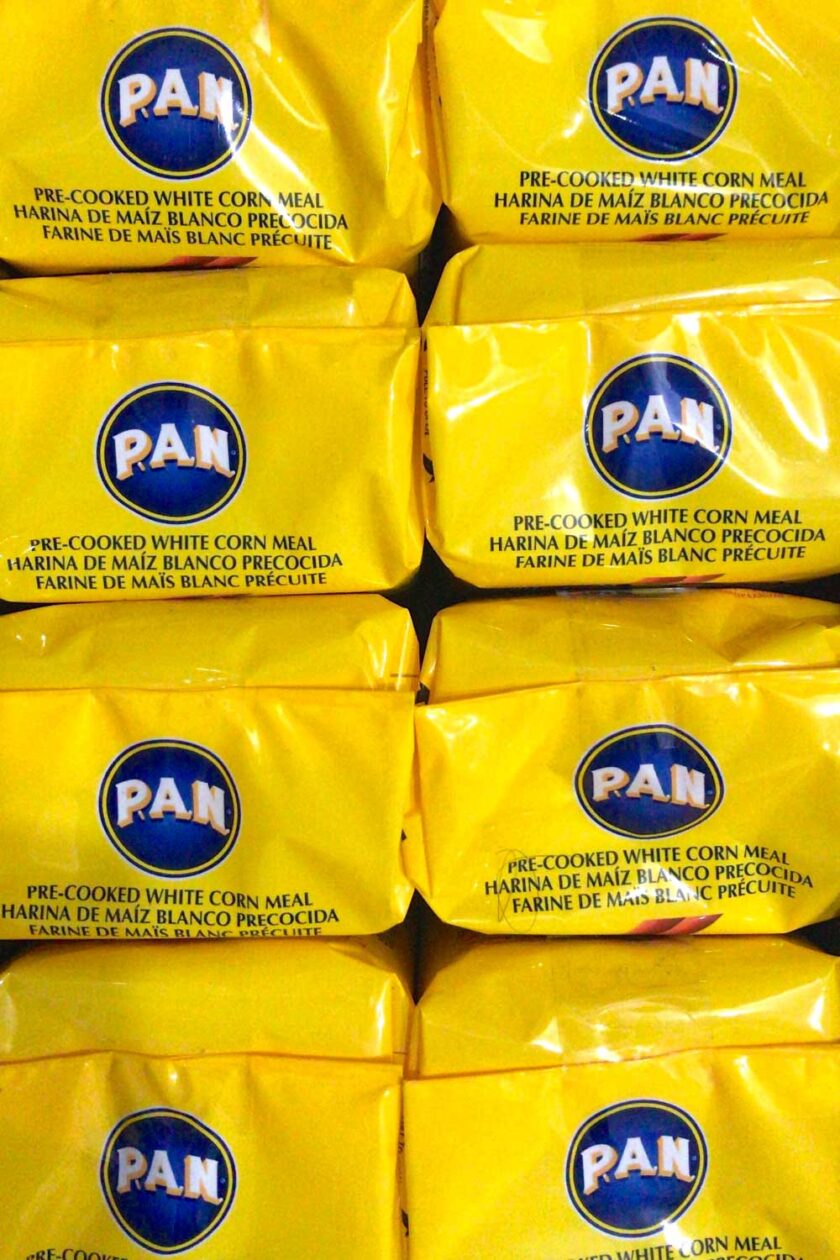
This method represents a significant saving of time and energy. Also, your hands and nails will thank you. They won’t get stained with the colorful onoto (annatto or achiote) either.
Last but not least, this recipe produces a dough for hallacas that is smooth, malleable, shiny, without cracks, and perfect in flavor and color.
Since my hallacas are Caracas-style, this dough also has the sweet touch that the papelón syrup (panela, piloncillo or rapadura) gives it.
Hallaca dough, with or without caldo de gallina?
Some make their hallaca dough with caldo de gallina (hen broth.) Other with chicken stock. And others resort to the stew’s juices to knead the dough and give it flavor.
My formula is different, but the result is as flavorful as delicious. This dough is sublime in all that matters in the hallaca dough: flavor, texture, and thst characteristic intense and briaght yellow color.
Ingredients: the secret to the best hallaca dough
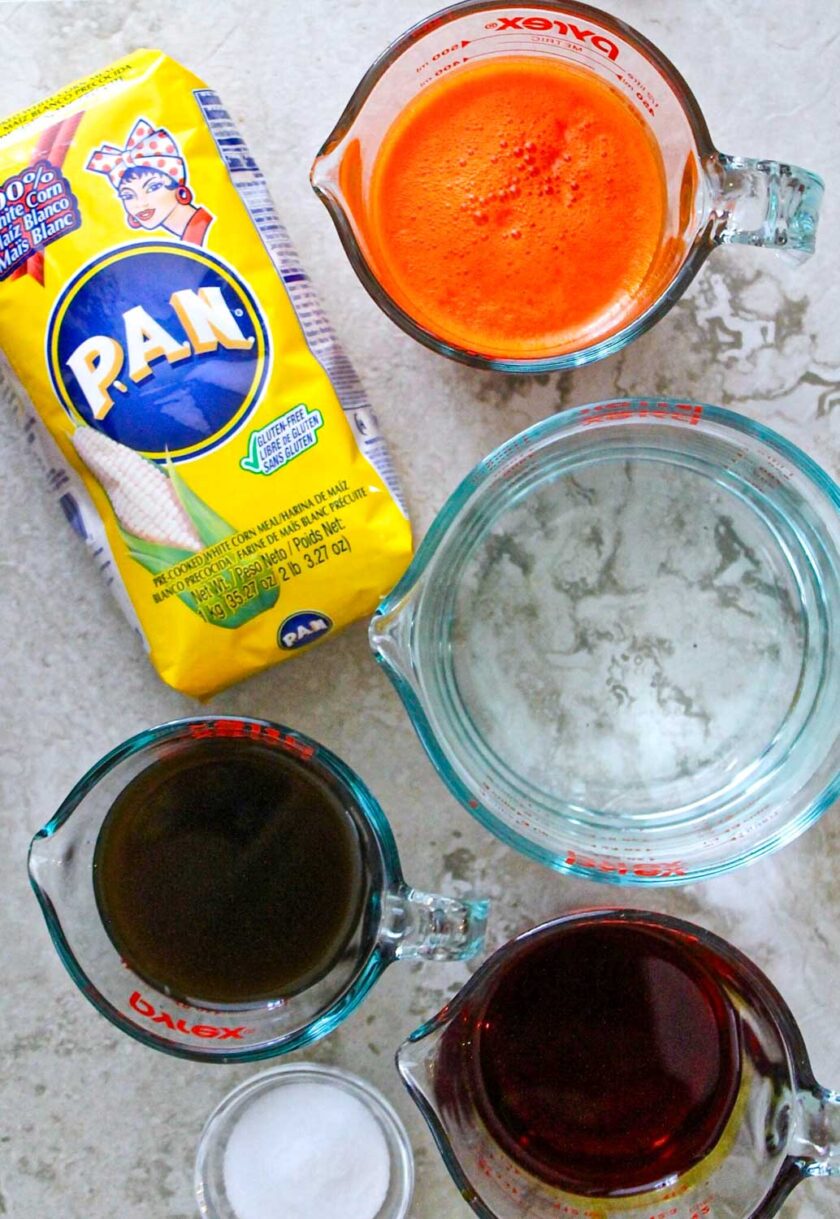
I make my hallaca dough with salt and water, plus the following ingredients:
- Harina P.A.N., the same pre-cooked corn flour that we use to make arepas.
- I make fresh red bell pepper juice by blending one red bell pepper with a cup of water and then straining it to avoid any traces of skin. If you have a super blender, you can skip the fine straining.
- Melado de papelón, made with papelón (piloncillo, panela or rapadura) dissolved and cooked with water until a light syrup is formed.
- Lard or vegetable shortening, colored with onoto (annatto or achiote) seeds. This is called manteca onotada or manteca coloreada.
What is better to make hallaca dough: lard or shortening?
The traditional fat to make hallaca dough is lard, a.k.a. pork fat. However, I prefer to use shortening. The reason? I stuff my hallacas with different stews, including pork, beef, pork and beef, chicken, beef and chicken, vegetarian, and tuna. So, I find shortening more versatile.
How can I substitute lard or shortening for the hallacas dough?
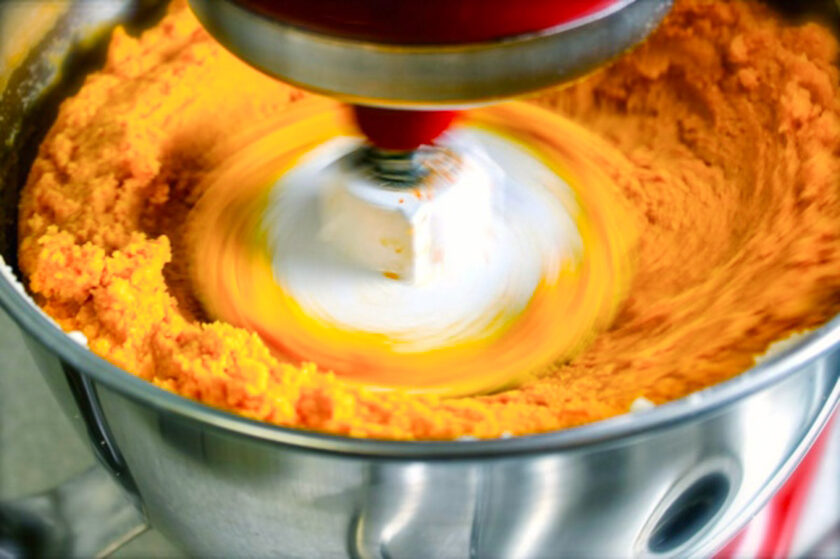
If you do not want to use lard or shortening, you can substitute it with an equal amount of vegetable oil. However, I prefer the texture that lard or shortening gives the dough.
If choosing vegetable oil, I recommend using an oil that does not have much flavor. I would not recommend, for example, coconut oil or olive oil, as they are oils with very defined tastes.
The oil to choose should be rather neutral. We call this aceite de onoto or aceite onotado. In other countries, they call it achiote oil or annatto oil.
Tips to make no-knead hallaca dough
When preparing my hallaca dough, I make one package of arepa flour at a time. Each package weighs 1 kilo (2 pounds 2 ounces). This 1-kilo package is the perfect amount for the capacity of a Kitchen-Aid standing mixer and yields 22 balls of dough to make 22 hallacas.
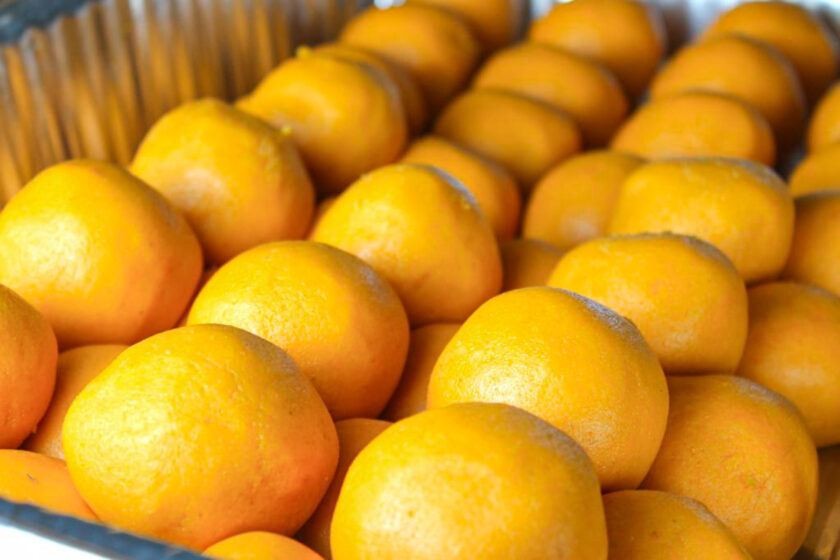
- Plan at least 30 minutes to have your dough ready.
- First, make the manteca onotada, by adding the annatto seeds and the lard or shortening to a small pot. Then melt fat at low to medium heat.
- Once the fat is melted, let it simmer until it softly boils. Cook for three minutes and strain over a stainless steel strainer. Avoid using plastic strainers because they will melt with the heat.
- Add the liquids: water, melado de papelón, red bell pepper juice, and salt to the bowl of an electric standing mixer and stir with a whisker or, even better, with a Danish dough whisk.
- Start adding the arepa flour and continue mixing with the whisk. Once you’ve added half the package, turn on the electric mixer using the kneading blade.
- Let the Kitchen Aid do all the kneading. Start adding the colored lard or shortening, alternating with the rest of the corn flour. Add the flour gradually to avoid lumps.
- Continue processing for about 10 minutes until the dough color and texture are uniform, and there are no lumps.
- With a rubber spatula, make a hole in the center of the dough and spread to the sides to ensure the color is uniform and there are no annatto streaks.
- Cover the dough with plastic wrap to set for 10 minutes, and then make 22 dough balls, each weighing 130 grams.
- You must double, triple, or quadruple the recipe depending on how many hallacas you plan to make.
How to make hallaca dough by hand
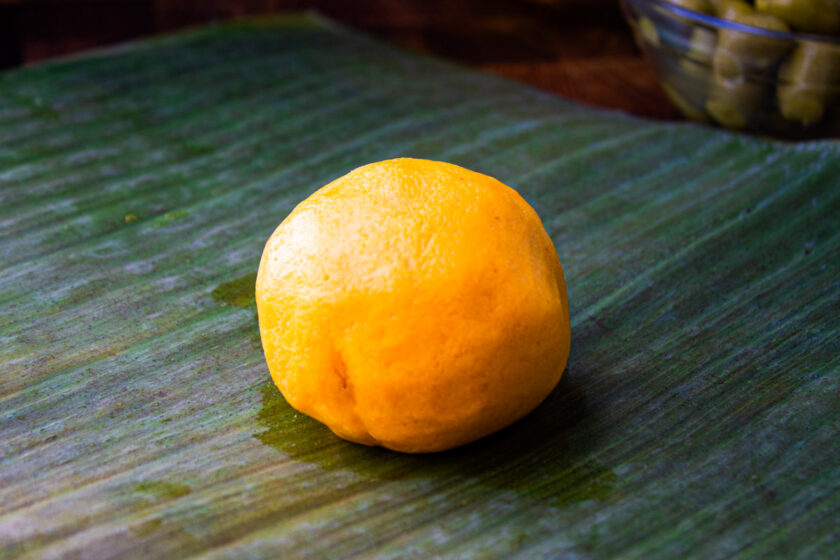
Although I make this dough without kneading, you can also make it manually. In this case, do the following:
- Put the liquids (water, red bell pepper juice, and papelón syrup) in the largest bowl you have in your kitchen. Add the salt and stir.
- Add the pre-cooked corn flour gradually and slowly while mixing with a wire whisk and even better with a Danish dough whisk. Continue mixing until you have incorporated half the package of flour.
- Put on disposable cooking gloves and add the annatto-colored lard or shortening, which must be liquid. Mix and alternate the fat with the flour until you finish with both.
- Knead by hand as if you were kneading arepa dough. Knead until the dough is uniform in texture and color. Using gloves guarantees that your hands will not get stained.
- Cover it with plastic wrap for 5 to 10 minutes before making the dough balls.
- With your hands, make 22 balls. Each ball of dough should weigh 130 grams.
- Keep the dough covered with plastic wrap to prevent it from getting dry. Keep it covered during the hallaca-making process.
- If you’re making large quantities of hallacas, repeat this process as often as needed.
Venezuelan hallacas recipes

For the basic steps in the making of hallacas, including involving the family members, making the stew for the hallaca filling, preparing the plantain leaves, and creating an assembly line, please check my other hallaca-related recipes:
- Beef Hallaca Stew
- Pork Hallaca Stew
- Vegetarian Hallaca Stew
Easy No-Knead Dough Recipe for Hallacas
What follows is the step-by-step recipe. I hope it will save you time and labor, and you’ll have fun and succeed in your hallaca-making process. Please remember: hallacas are not traditional Venezuelan tamales.

Traditional hallacas are a complex Venezuelan dish we eat during the holiday season. They have in common with Mexican tamales that they are made out of corn and, in some cases, are wrapped in plantain or banana leaves and cooked in a large pot.
Thanks for subscribing to my YouTube channel and visiting my Amazon store.
Dough for hallacas
Ingredients
- 1 package P.A.N Pre-cooked corn meal arepa flour
- 1 cup vegetable shortening
- 3 tablespoons onoto annatto or annatto seeds
- 1 cup red bell pepper juice prepared by blending one red bell pepper with ¾ cup of water and straining it through a fine strainer.
- 1 cup melado de papelón prepared by dissolving a cup of papelón in a cup of water, and cooking it over medium heat until it boils.
- 5 ½ cups water
- 6 teaspoons Kosher sea salt
Instructions
- In a small pot, cook the shortening with the onoto seeds, over low medium heat until it comes to a boil. Remove from heat and let cool. When the fat is still warm, strain it and discard the onoto seeds.
- Add the liquids: water, melado de papelón, red bell pepper juice, and salt to the bowl of a stand mixer and stir with a whisker or, even better, with a Danish dough whisk.
- Start adding the arepa flour and continue mixing with the whisk. Once you’ve added half the package, turn on the electric mixer using the kneading blade.
- Let the Kitchen Aid do all the kneading. Start adding the colored lard or shortening, alternating with the rest of the corn flour. Add the flour gradually to avoid lumps.
- Continue processing for about 10 minutes until the dough color and texture are uniform, and there are no lumps.
- With a rubber spatula, check that the dough color is uniform and there are no annatto streaks.
- Cover the dough with plastic wrap to set for 10 minutes, and then make 22 dough balls.
Nutrition
Did you make this recipe?
Tag @enrilemoine on Instagram and hashtag it #byenrilemoine. Thank you!
- Mashed Potatoes with Leeks and Swiss Chard Recipe - October 15, 2025
- 35 Foolproof and Fuss-Free Authentic Venezuelan Recipes - October 2, 2025
- Venezuelan Pineapple Upside-Down Cake Recipe - September 23, 2025
